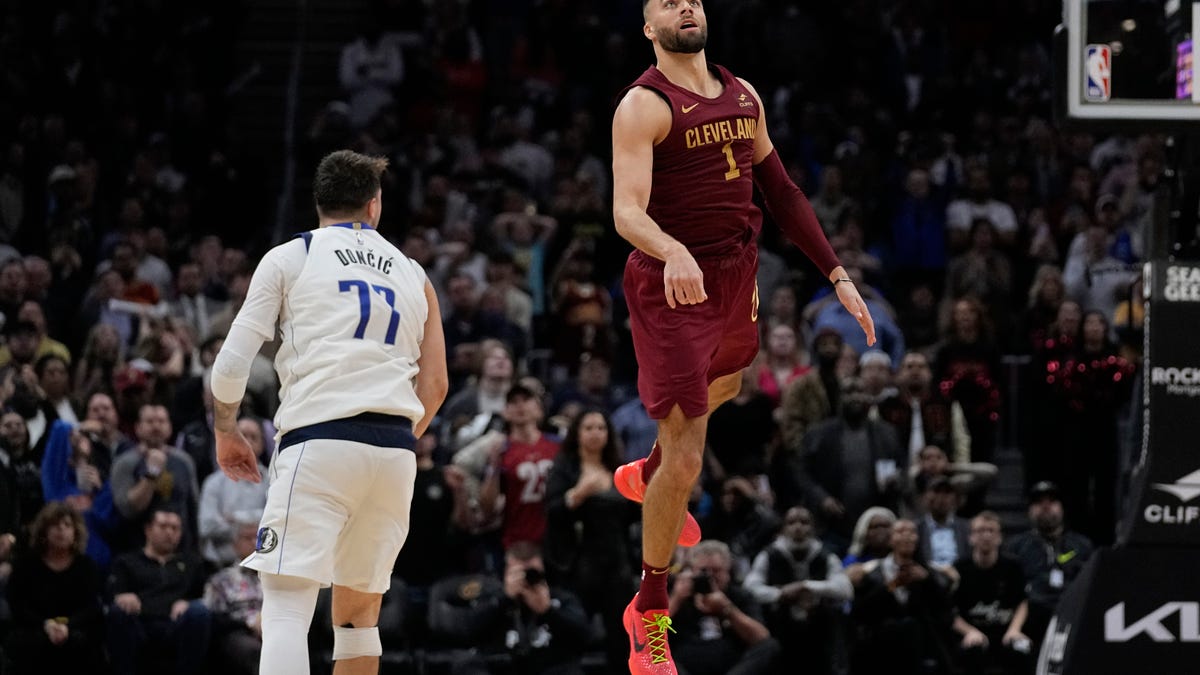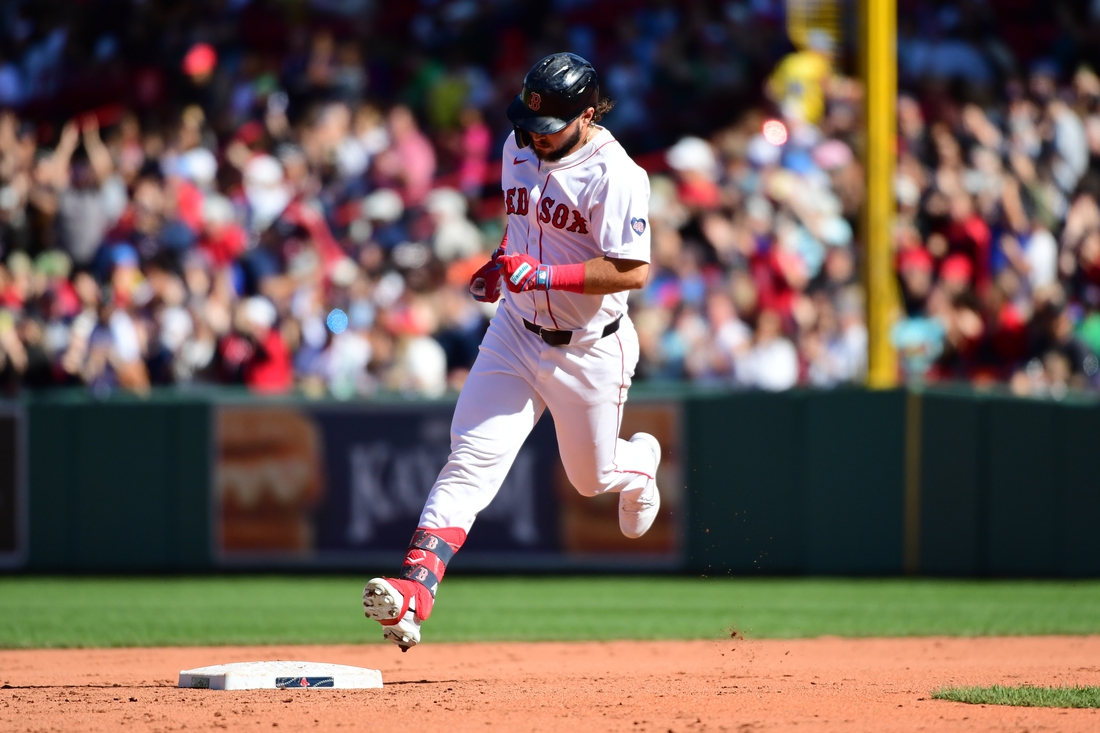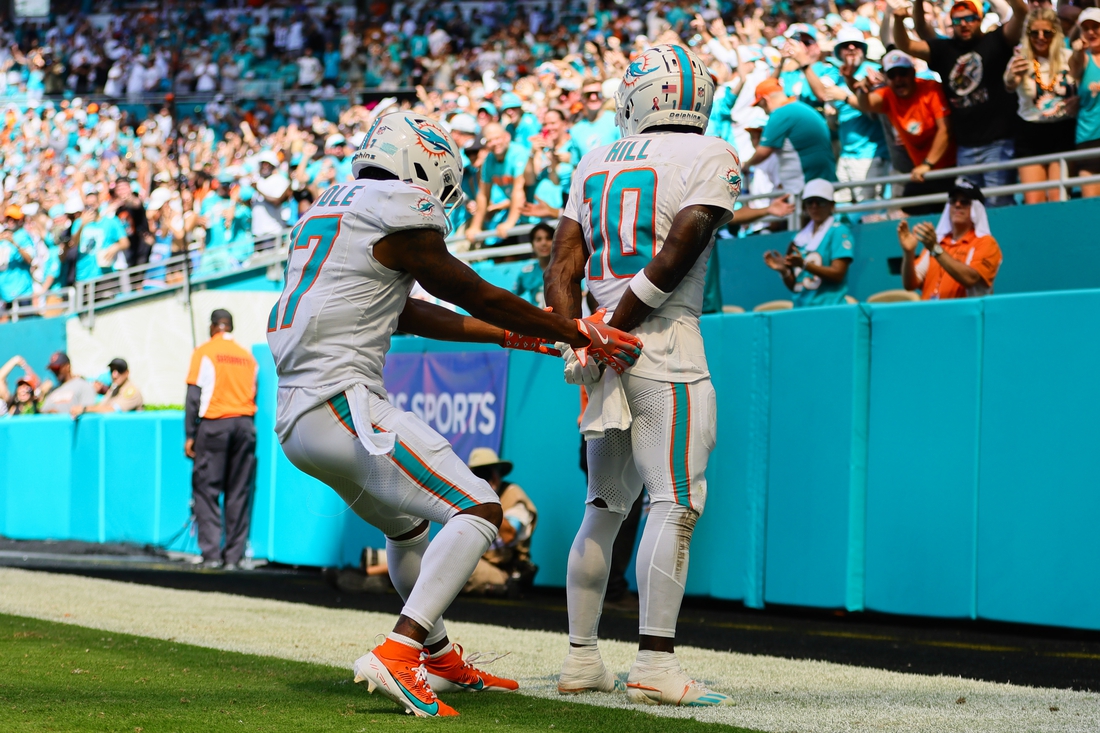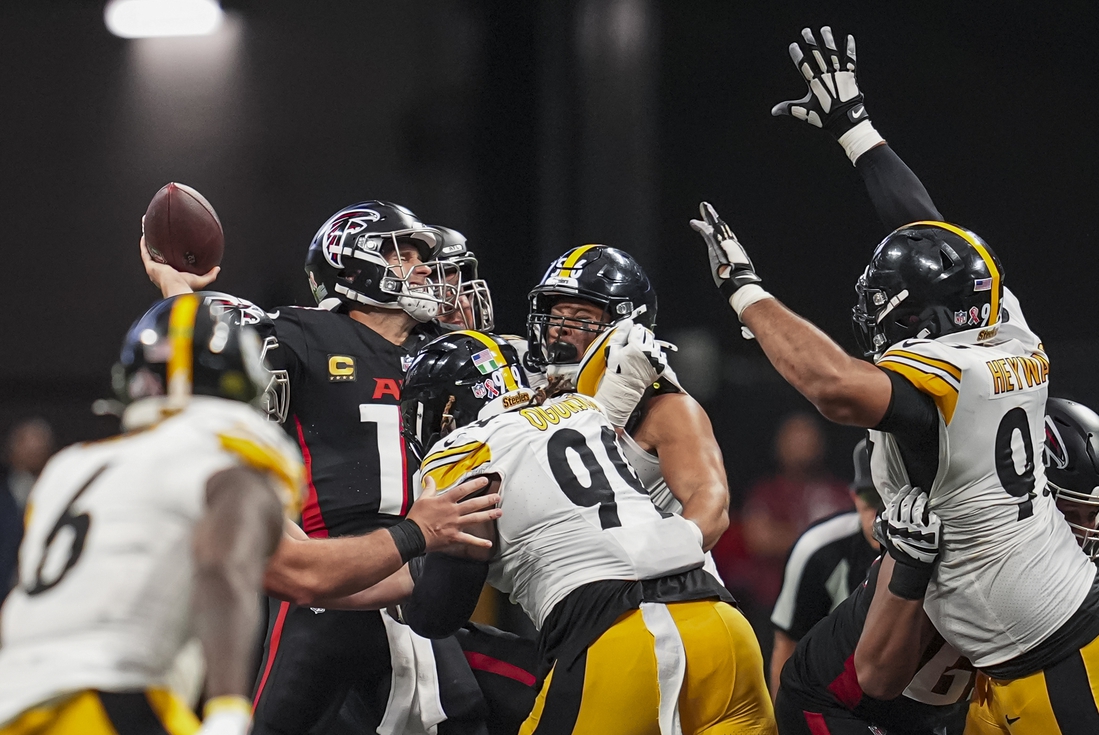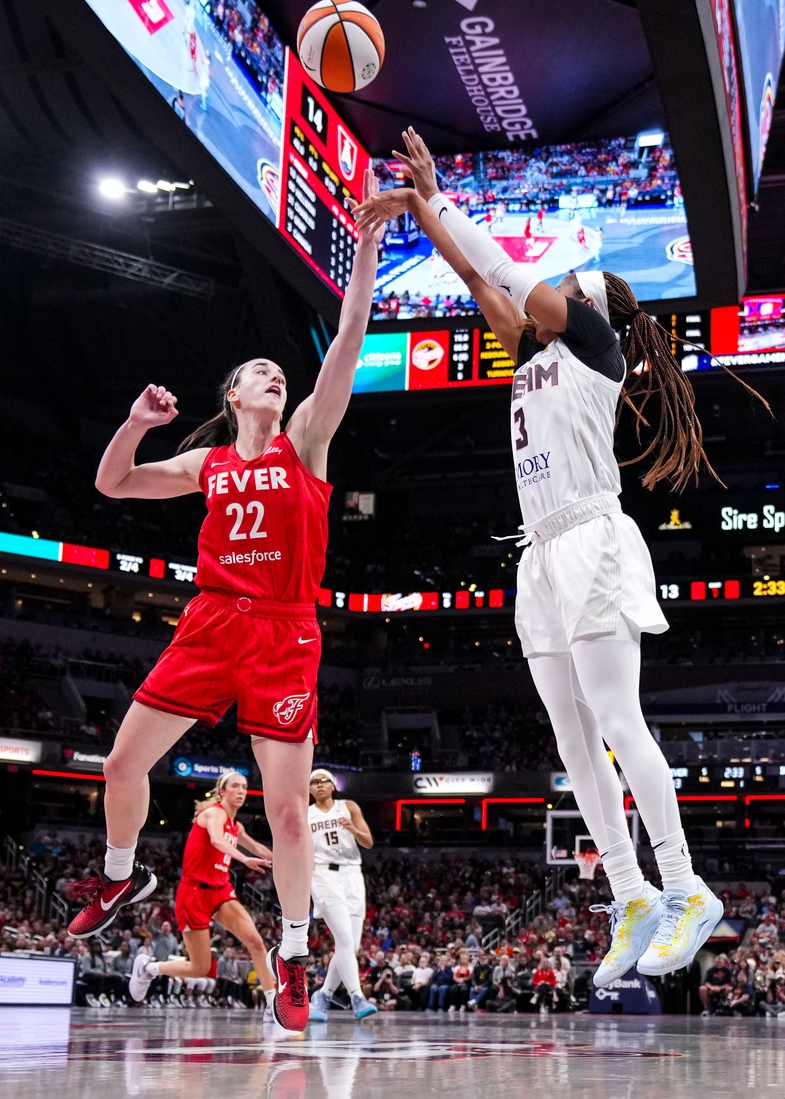Scoring in the NBA has ticked up at an exponential rate in the last decade. It doesn’t take Hercule Poirot to figure out what killed NBA defenses. This is a shooter’s league now.
This season, effective field goal percentage, offensive rating, 3-point shooting percentage, and assists per 100 possessions are at all-time highs. Turnovers per 100 possessions are at an all-time low. The league-wide record for offensive rating has been shattered six times in the last seven seasons since 2016-17.
This season, three-pointers make up nearly 40 percent of the average team’s shooting diet. A decade ago, they comprised only a quarter of each team’s attempts. And we’d have to go back to Feb. 5, 2016, to find the last time an NBA team failed to make a 3-pointer in a regular season game. (The Miami Heat went 0-for-9 from behind the arc in a win over Charlotte.)
NBA VP and head of basketball operations Joe Dumars informed ESPN’s Tim Bontemps and Kevin Pelton that the league’s competition committee has begun reviewing changes that need to be implemented to achieve better balance. That process is still months away, but depending on how extreme they’re willing to go, here are some increasingly radical changes the league can consider at this moment.
Make the 3-point line 26 feet from the basket
After Commissioner George Mikan introduced the 3-point line to the ABA in 1967, he opined that it “would give the smaller player a chance to score and open up the defense to make the game more enjoyable for the fans.”
The 3-point shot worked as it was intended as a scoring valve for specialists or as an equalizer for perimeter scorers. In recent years though, chucking six treys a game is all the rage among frontcourt players of all sizes across the league. Everyone can shoot from 23 feet. A generation of hoopers trained to stretch the floor has democratized the 3-point arc at its current distance for professional hoopers of all sizes.
During the 2018-19 season, shooters made only 33 percent of their attempts from 25.773 feet behind the arc according to Kirk Goldsberry. A deeper arc established 26 feet from the bucket would diminish its efficiency for most of those shooters and defenses won’t chase the majority of floor spacers running actions behind screens that far from the bucket. It’s a dramatically more difficult shot to take and it wouldn’t be worth it.
This would essentially give the three-point shot back to the league’s most gifted shooters and immediately make long twos 24 feet from the bucket an inefficiency. Meanwhile, defenses more willing to give those up can concentrate on plugging the lane and defending the immediate zone outside the paint. leading to the revitalization of the midrange neighborhood.
Generational long-distance shooters like Steph Curry, Damian Lillard, or Tyrese Haliburton would be even tougher to defend, and retain their advantages though, forcing defenses into tough choices.
A deeper arc could also mean eliminating the corner 3, one of the most efficient shots in basketball. From 22 feet away, the short corner has become the watering hole for modern offenses. Catch-and-shoot specialists camp out in the area and inflict damage off of drive-and-kick dishes. Wing defenders are typically forced to scramble and recover, get driven by on closeouts, or aren’t in a help position to assist slashing perimeter scorers as they accelerate into the paint.
Offensive 3 seconds in the short corners
If you can’t tell by now, the corner three is the Man Behind the Curtain. Eliminating or curtailing its influence is paramount to bringing scoring back to earth. Offensive three seconds in the short corner would make refs’ jobs more difficult, but an extra pair of eyes whose job it is to count to three Mississippi whenever a spot-up shooter is stationed in the corner zone would give them something else to think about. This may not be super effective though as shooters can still step in and out with ease.
Shrink the court
Adam Silver looks to Europe for implementations that can improve the NBA’s product more than any commish in the Association’s 77-year history. With any luck, he’s aware that the scoring surge plaguing the NBA hasn’t juiced European offenses. Talent could be a factor, but one theory is that their smaller courts are harder to space out in. While a regulation NBA floor measures 94 feet by 50 feet, FIBA court dimensions are 91.86 feet by 49.21 feet. It doesn’t make sense until it’s translated to meters though. European defenders have less horizontal space to cover and it’s all because of the metric system.
Many solutions to moving the three-point arc back would rely on expanding the court and pushing the corner 3 back, but that would be a logistical nightmare NBA governors would vote down because it would require them to remove a row of those profitable lower-level seats.
Just so we’re on the same page here, a smaller court would still mean the end of the corner 3 even if the arc isn’t moved back. At least this way, those same governors could cram in an extra row of floor seats and everyone wins.
OK. *cracks knuckles* Time to dive in because this should get a little more unhinged.
Sloping corners
Maintain the corner 3 distance at 22 feet, but hire the architects who design golf bunkers as consultants and change the topography in that section of the floor. As opposed to the flat terrain everywhere else on the floor, the corner three would sink into the floor at a 20° angle. It alters the dynamic on closeouts too. Good luck trying to the offensive player driving past a defender who’s sold out to contest when they’ve got to maneuver out of a slope.
Thin sheets of glass in the short corner
Administer that Crisco oil treatment to short corners that give it that slick bowling lane feel. There are seven seconds left and Nick Nurse draws up a play during the timeout that has Buddy Hield retreating to the corner off a flare screen. Hield backtracks, steps one foot behind the line, loses his footing, and airballs it while losing his footing. Balance becomes an even more valuable commodity.
A thin sheet of glass instead of maple flooring would force the average corner shooter to reconsider whether the risk of spotting up in that part of the floor over cracked glass is worth it or not. A hazard label that explains “Weight limit may not exceed 220 pounds” would test the mental fortitude of the NBA’s most comfortable shooters. They can either move in and take a long two or risk it all for three points of glory. Most players would take the latter option which shrinks the floor for defenders.
The union might object to putting life and limb in danger though, but the ASB GlassFloor LED Court which debuted over All-Star Weekend offers a workaround in the form of psychological warfare. Reinvent the short corner as a spot on the floor where that shatter-resistant glass tech is utilized and an LED screen projects images programmed by the home arena. Imagine a corner shooter glancing down and he’s staring back at a realistic projection of his worst fears like sharks, Draymond Green or Brittany Renner.
Basketball in the elements
Certain locales might force teams to play closer to the basket. Imagine the look on Steph Curry’s face when he realizes the Chicago Bulls’ home-court advantage after they open their roof on a 35°F day with 17-mile-per-hour winds and DeMar DeRozan is playing without sleeves to psych them out.
Deep in the heart of Tornado Territory, Oklahoma City is one of America’s windiest cities. The average wind speed there is 11.3 miles per hour. Imagine if the Thunder constructed an arena with a retractable roof to mitigate the advantage of teams more reliant on shooting. The city’s peak period of intense winds also just happens to occur between the stretch run of the season through most of the postseason. Unfortunately, this is the costliest option unless teams find it feasible to rent out NFL arenas for postseason games.
Find DJ Dunson on X: @cerebralsportex



